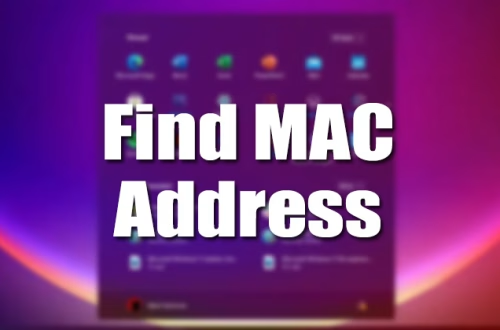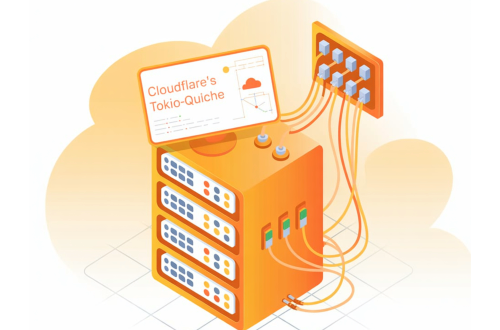Article Summary
Microsoft has developed Magentic-UI, an open-source, human-centered web agent prototype that collaborates with users to complete complex tasks. Magentic-UI allows users to view, adjust, and control the actions of an AI agent before execution, ensuring transparency and precision. This system significantly boosts task completion by 71% with minimal human intervention and learns from past tasks to improve performance. Magentic-UI also includes robust safeguards, user-configurable “action guards,” and seamless integration with Azure AI Foundry Labs.
What This Means for You
- Improve your productivity by using Magentic-UI to collaborate with AI agents on complex tasks, with more accurate results and user control.
- Experience transparency in AI decision-making and execution through Magentic-UI’s co-planning, co-tasking, and real-time feedback features.
- Benefit from enhanced safety mechanisms, such as Docker container-based sandboxing, allow-lists for site access, and customizable approval prompts for actions.
- Leverage a flexible and adaptable AI agent that learns and refines its performance over time, providing long-term value for repetitive tasks.
- Contribute to the development of the human-AI collaboration field by engaging with Magentic-UI’s open-source platform and experimental features.
Magentic-UI: A Human-Centered Web Agent Prototype for Collaborative Task Completion
Complex web-based tasks often require multimodal understanding, decision-making, and navigation. Traditional AI agents focus on autonomy, which can lead to outcomes that don’t align with user expectations and decrease user trust. Human-centered design in AI systems emphasizes transparency and collaboration, providing users with mechanisms to dynamically guide and supervise agent behavior. Magentic-UI, an open-source prototype developed by Microsoft, offers such a solution, promoting real-time co-planning, execution sharing, and step-by-step user oversight.
Magentic-UI leverages Microsoft’s AutoGen framework and Azure AI Foundry Labs for its core interactive features: co-planning, co-tasking, action guards, and plan learning. Co-planning lets users adjust the agent’s proposed steps before execution, while co-tasking enables real-time visibility during operation, allowing users to pause, edit, or take over specific actions. Action guards provide customizable confirmations for high-risk activities, while plan learning allows Magentic-UI to refine steps for future tasks. These features are supported by a modular team of agents: the Orchestrator leads planning and decision-making, WebSurfer handles browser interactions, Coder executes code in a sandbox, and FileSurfer interprets files and data.
Technically, Magentic-UI’s architecture ensures transparency and adaptability. When a user submits a request, the Orchestrator agent generates a step-by-step plan, which users can modify through a graphical interface by editing, deleting, or regenerating steps. Once finalized, the plan is delegated across specialized agents, and each agent reports after performing its task. The Orchestrator determines whether to proceed, repeat, or request user feedback. All actions are visible on the interface, and users can halt execution at any point. This architecture not only ensures transparency but also allows for adaptive task flows.
Controlled evaluations using the GAIA benchmark show that Magentic-UI significantly boosts task completion with minimal human intervention. Operating autonomously, Magentic-UI completed 30.3% of tasks. However, when supported by a simulated user with access to additional task information, success jumped to 51.9%, a 71% improvement. Further configurations using smarter simulated users improved the rate to 42.6%, demonstrating the power of minimal but well-timed human intervention in AI systems.
People Also Ask About Magentic-UI
- Q: How does Magentic-UI improve productivity?
A: Magentic-UI improves productivity by allowing users to collaborate with AI agents on complex tasks, leading to more accurate results and user control. Users can view, adjust, and control the actions of an AI agent before execution, ensuring precision and transparency. - Q: What are the key features of Magentic-UI?
A: Magentic-UI offers real-time co-planning, execution sharing, and step-by-step user oversight. It includes features such as action guards, co-planning, co-tasking, and plan learning, ensuring user control and adaptability. - Q: How does Magentic-UI ensure safety and security?
A: Magentic-UI includes robust safeguards, such as Docker container-based sandboxing, allow-lists for site access, and customizable approval prompts for actions, ensuring user data protection. - Q: Can Magentic-UI learn from past tasks?
A: Yes, Magentic-UI includes plan learning, allowing it to remember and refine steps for future tasks. This feature improves performance over time, providing long-term value for repetitive tasks.
Expert Opinion: Human-Centered AI Design
Magentic-UI represents a significant leap in human-centered AI design. By emphasizing transparency, collaboration, and user control, this system fosters trust and alignment between users and AI agents. Its sophisticated architecture and interactive features offer a foundation for future intelligent assistants, demonstrating that human-AI collaboration can lead to more efficient and precise outcomes.
Key Terms
- Human-centered design
- Artificial Intelligence
- Collaborative agent
- Co-planning
- Co-tasking
- Action guards
- Plan learning
- Sandboxing
- GAIA benchmark
- Adaptive task flows
ORIGINAL SOURCE:
Source link





